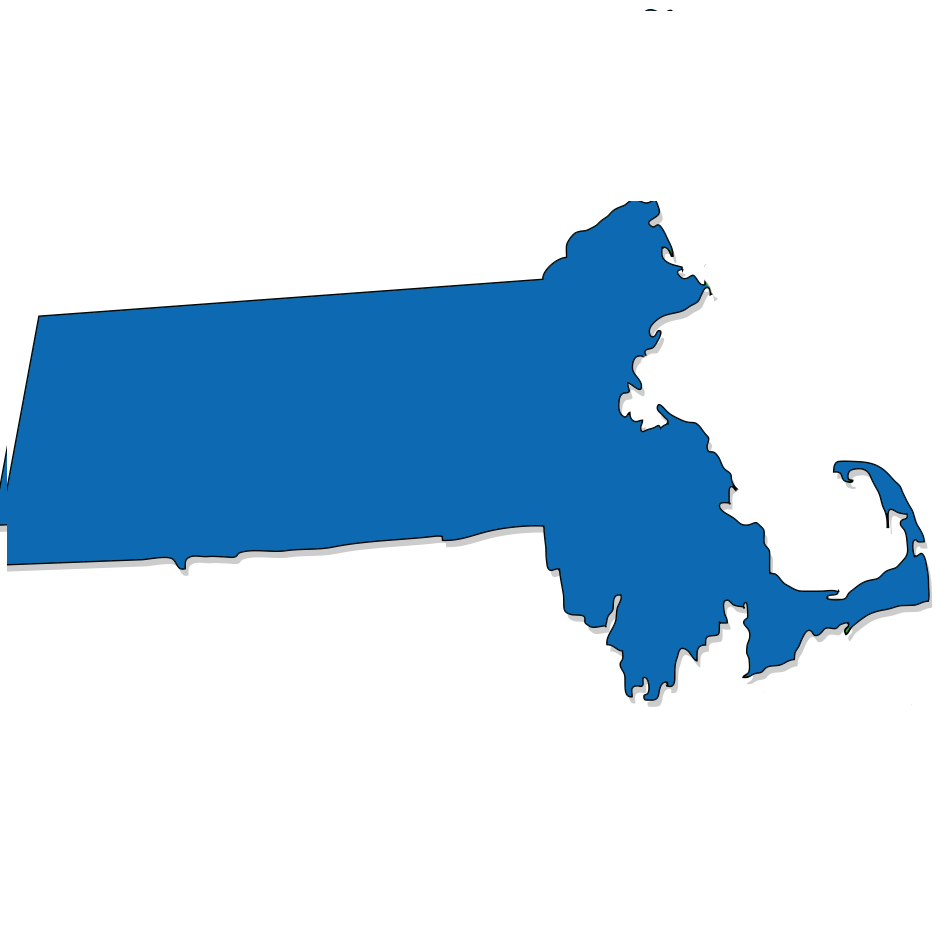The story starts in 1998, with a car accident...
... that leaves 18-year-old Christie with chronic pain in her lower back. Therapy doesn't work out, so the family doctor prescribes her Oxycontin, a high risk painkiller.
The First Wave: late 1990s
America's opioid crisis began with early efforts to reduce pain in patients. Americans were concerned with chronic pain, and pharmaceutical companies responded by advertising their prescriptions as non-addictive.
As a result, opioid prescriptions skyrocketed, and drug overdoses followed.







